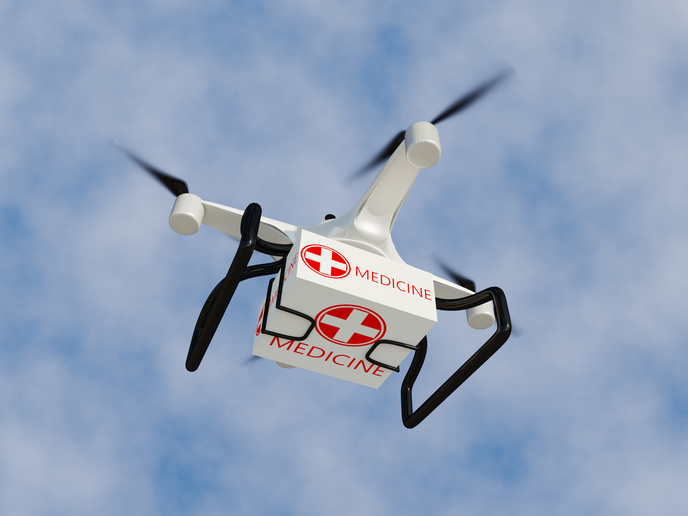Assessing one’s fitness to drive
According to EU statistics, in 2023, 20 400 people were killed in road crashes across Europe. That’s 46 road deaths per million inhabitants. What’s more is that a substantial number of these accidents are the result of drunk, distracted or fatigued driving – meaning many, if not most, are completely preventable. “These numbers should serve as a wake-up call for taking drastic actions to address one’s fitness to drive,” says Anna Anund, research director at the Swedish National Road and Transport Research Institute (VTI). Answering that call is the EU-funded PANACEA project. The project is advancing road safety through its 24-hour driver monitoring solution. The innovative solution is designed to detect and manage a combination of driver impairments, including fatigue, stress, alcohol and drug use, and distraction. “By targeting these critical factors, PANACEA aims to improve fitness to drive among professional drivers and operators, ultimately reducing collisions and helping Europe achieve its goal of halving road deaths by 2030,” adds Anund, who serves as the project’s coordinator.
Technologies and tools for monitoring and assessing one’s fitness to drive
The PANACEA solution uses a range of technologies and tools to monitor and assess a commercial driver’s physical, cognitive and physiological fitness to drive, both before and during the journey. This is done using a range of sensors and monitors, with some being installed in the vehicle and others worn by the driver. The project also developed an intuitive cloud-based web application that provides drivers, operators and fleet managers with countermeasures and coaching tools. These include a fatigue questionnaire, an interactive stress management solution, and user-friendly reports, amongst others. “Unsurprisingly, many of our targeted users were reluctant to be monitored, so we put a lot of extra effort into getting drivers and operators involved in testing the solution from a very early stage,” explains Anund.
Proven potential to enhance road safety
One of those tests happened in Sweden, where the PANACEA solution was installed in local automated shuttles. “Shuttle operators embraced the solution’s capabilities, responding positively and appreciating how the technology could enhance their fitness to drive and overall safety on the road,” notes Anund. However, in Greece, where the solution was tested amongst taxi and courier drivers, the response was mixed. Whereas taxi drivers exhibited cautious adoption rates, perhaps due to concerns about privacy or workflow disruption, couriers demonstrated significant potential for improvement. In fact, 70 % of couriers reported potential behaviour changes after receiving fatigue alerts, indicating a willingness to enhance sleep habits and attentiveness. “These pilot studies highlight that PANACEA’s solutions have varying degrees of acceptance and hence effectiveness that depends on the driver type and operational context,” remarks Anund.
Safer roads and healthier driver environments
The feedback gathered during the tests has provided the project with a solid foundation for further refining its solution. The results also fed into the project’s recommended policy updates and new definition of what qualifies as being fit to drive. “By offering a proactive approach to managing driver impairments, the PANACEA solution enhances safety for drivers and the wider public alike and represents a significant step forward to creating safer roads and healthier driving environments for professional drivers across Europe,” concludes Anund.
Keywords
PANACEA, road fatalities, road crashes, road safety, fatigued driving, professional drivers, fitness to drive







